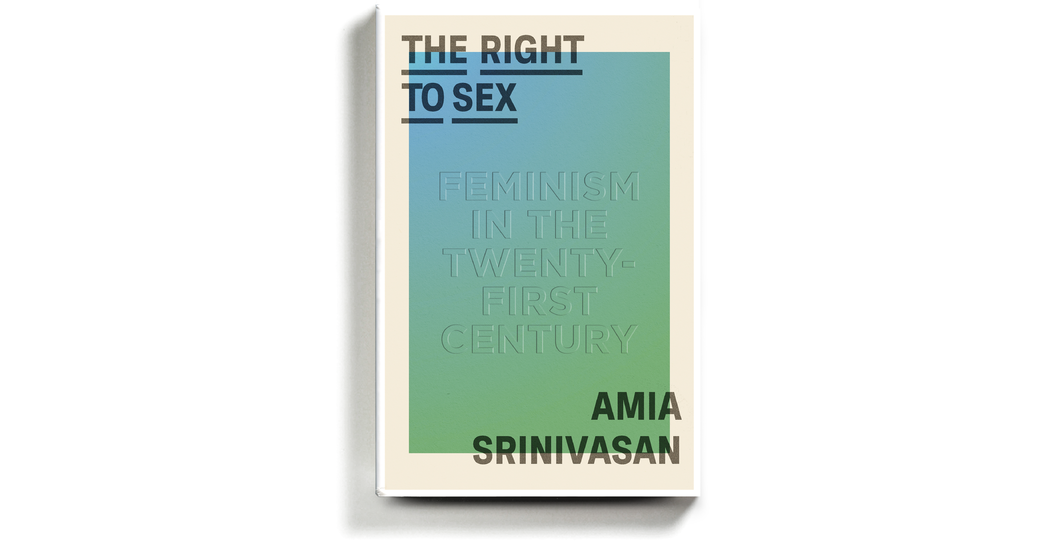
This, then, is a book that explicitly addresses intersectionality, even if Srinivasan is dissatisfied with the common — and reductive — understanding of the term. Paying attention to difference isn’t enough, she says. For a book by a philosopher that makes a vibrant case for theory, “The Right to Sex” keeps returning to the reality of lived experience. Srinivasan places the most vulnerable people at the center of her analysis, insisting that any action has to be judged in terms of its effect on them. She quotes the Black lesbian feminists of the Combahee River Collective, whose 1977 manifesto stated plainly that the ends did not always justify the means: “We do not want to mess over people in the name of politics.”
When it comes to politics, radicalism and pragmatism might seem to be entirely at odds, but Srinivasan dares us to see how they need to be connected. Radicalism without pragmatism can be coercive; pragmatism without radicalism can be complacent. She tries to reconcile the two — not by settling into a blithe centrism, but by suggesting that in the worthy urge to be respectful of individual differences and decisions, feminism cannot lose sight of the larger structures of subordination.
Srinivasan has written a compassionate book. She has also written a challenging one. She describes how her students surprise her with their receptivity to the arguments of second-wave anti-porn feminists, like Andrea Dworkin and Catharine MacKinnon. What might have seemed preachy and panicky in the ’70s and ’80s looks more “prescient” now, Srinivasan says, with the proliferation of free porn on the internet, which has become an inextricable part of a younger generation’s sexual coming-of-age.
Srinivasan doesn’t quite endorse anti-porn feminism — with its derision of pleasure and contempt toward sex work — but she does find something useful in its critique. On the free porn sites, desires get nudged by online algorithms, becoming ever more extreme (more orifices, more participants) in one sense, while becoming more conformist (invariably shaped by big corporations) in another.
Some anti-porn feminists placed their hopes in legislation, but Srinivasan asks whether the blunt force of the law would be effective in the internet age, much less desirable. Against the power of the algorithm is the power of education — and not the kind that simply dispenses rules, futilely trying to counter the images of porn with wholesome curriculums.
Instead, Srinivasan proposes the kind of education enacted in this brilliant, rigorous book. She coaxes our imaginations out of the well-worn grooves of the existing order. She doesn’t deliver lessons from on high but encourages us to think alongside her — even (or especially) when it feels uncomfortable. “These essays do not offer a home,” she writes. “But I hope they do offer, for some, a place of recognition.”



